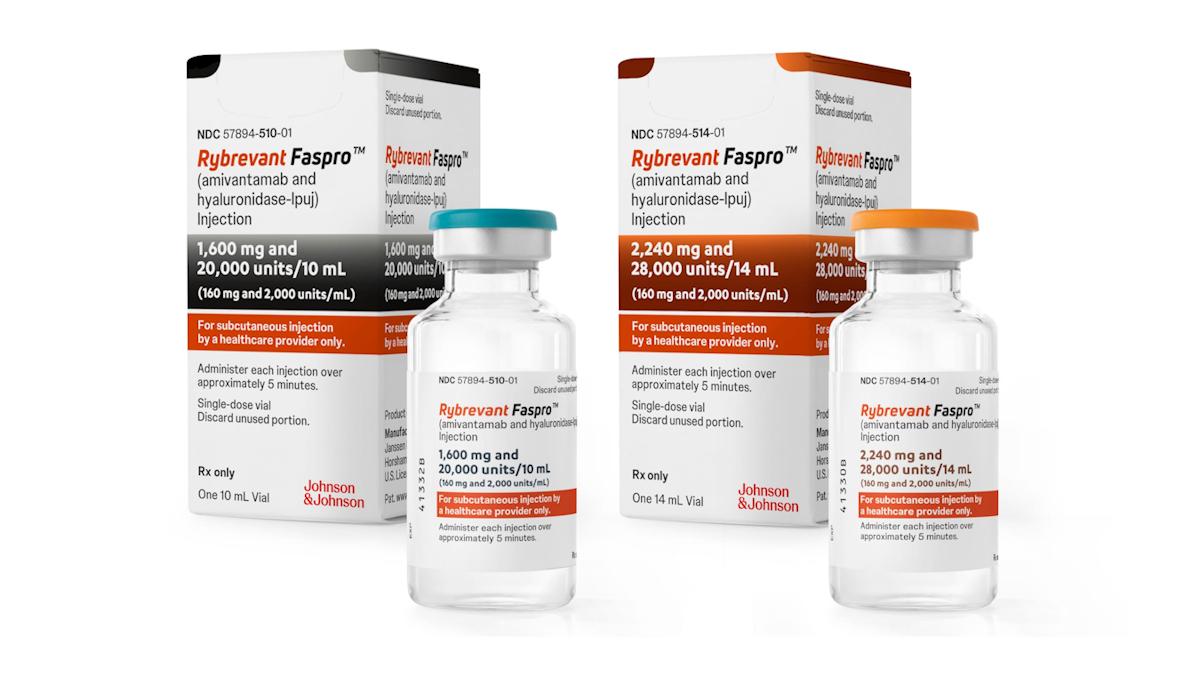No room for commercial competition in sustainable pharma

With the healthcare sector accounting for around 4% of global emissions – about the same as a small country – only an ecosystem-wide effort will succeed.
From synthesising APIs to producing billions of plastic pre-filled syringes, the pharmaceutical industry has a significant impact on the environment.
Achieving net zero, then, will take a whole-system approach that includes every member of the industry’s supply chain, delegates at the online Pharma Sustainability Integrates 2022 conference were told.
Speaking during a panel discussion on decarbonising pharma supply chains, Claire Lund, GSK’s global vice president for sustainability, said the healthcare sector accounted for between 4% and 5% of global emissions. The pharma industry as a whole, she added, was responsible for around 20% of that total.
“No one actor can really drive change in this space alone, so we're better as a collective and we are better working across that system,” she said. “At GSK, 80 to 90% of our footprint sits outside of our own facilities and operations, so working collaboratively is the only way.”
Jarle Rud, supply chain project manager at Novo Nordisk, agreed, saying that the “greater good of environment” was “not a competitive space”, and Juliette White, vice president of global SHE and sustainability at AstraZeneca, said there were huge benefits to this approach.
“We do not operate in isolation, and we cannot effect the change we need as an individual company,” she said. “These things can feel daunting, but when we work together we can have a positive impact not only on our own organisations, but in the sector more broadly.”
Encouraging suppliers to move to renewable energy sources, for example, will also have much broader impact because many serve customers beyond the immediate pharma sector.
Green from design to distribution
It’s an ethos that extends further than energy and water usage, as Brian Henry, vice president and global head of drug product design at Pfizer Worldwide Research and Development, explained.
“The choices we make cast a long shadow over that product’s journey. We need to start with a better understanding of all the individual contributions – from sourcing right through to manufacturing, and distribution – and make design decisions to make each one of those steps more environmentally friendly,” he said.
His team is looking at how to create more sustainable medicines during the design stage, and a “life cycle analysis” of the company’s small molecule products revealed that the “vast majority” of a medicine’s carbon footprint is actually in the chemical synthesis, he added.
“Something like 70% to 90% of the impact sits in the basic chemistry, so picking the most efficient bond forming, breaking, and synthetic step processes is fundamental.”
These are huge changes, and collaboration is the key to success. “I don't think one company can solve all this, and there are a couple of areas where we need to work across the sector to find common solutions,” said Henry, pointing to the possible standardisation of life cycle analysis.
At the other end of the product lifespan, Novo Nordisk is looking for ways to reduce the environmental impact of the around 600 million prefilled insulin pens it distributes worldwide every year.
“In the UK alone, we distribute 23 million medicinal pens, and they predominantly consist of plastic,” Rud said. “It is a big challenge.”
The answer could be creating a “circular economy” for the devices, he said, explaining that a pilot scheme in Denmark saw patients return 77,000 pens to the company over the course of a year.
All round benefits
While sustainability is its own reward, it’s also worth noting that projects often also positively impact other areas of business.
Switching from synthetic, petrol-based to naturally derived excipients, which also happen to be more reliable and better controlled, has contributed to more robust drug products for Pfizer, said Henry.
Lund added that a “tear down” of GSK product life cycles has confirmed that sustainability goes hand in hand with efficiency in most cases.
“More than 90% of the projects identified had a win/ win benefit in terms of costs and sustainability,” she said. “This is not an ‘either/or’ approach.”
Measurement and transparency
Regardless of the model or project, if organisations are to make meaningful change, they need to understand their own baselines, what they are measuring, and how they are making progress, said White.
Transparency is everything and industry cannot, she emphasised, be seen to be marking its own homework.
“I encourage everyone to look for independent verification of your goals, and to encourage your supplier base and others you work with to do the same,” she said, explaining that AstraZeneca had been among the first to sign up to the Science-Based Targets Initiative (SBTi) net zero corporate standard.
“It’s absolutely critical that, as an industry, we do not engage in greenwashing that can damage colleagues and others within the broader sector,” she said, adding that while it was a big challenge, it wasn’t insurmountable.
“We're an innovation-based industry by nature, so we let’s use that innovation to solve some of the biggest problems we all face.”
About the author
 Amanda Barrell is a freelance health and medical education journalist, editor, and copywriter. She has worked on projects for pharma, charities, and agencies, and has written extensively for patients, HCPs and the public.
Amanda Barrell is a freelance health and medical education journalist, editor, and copywriter. She has worked on projects for pharma, charities, and agencies, and has written extensively for patients, HCPs and the public.












